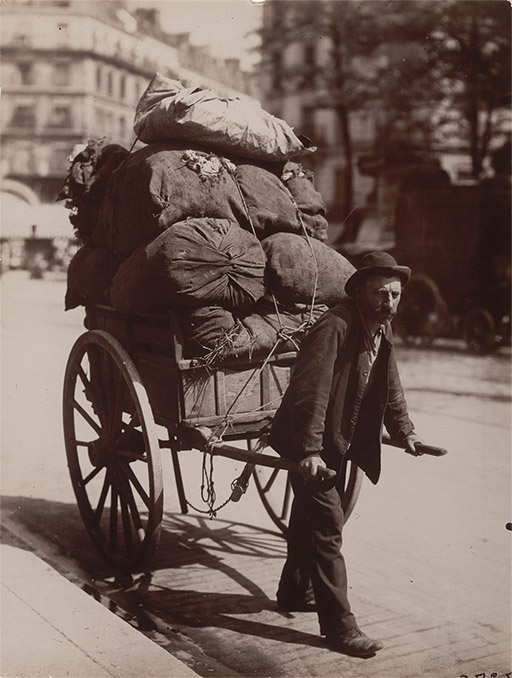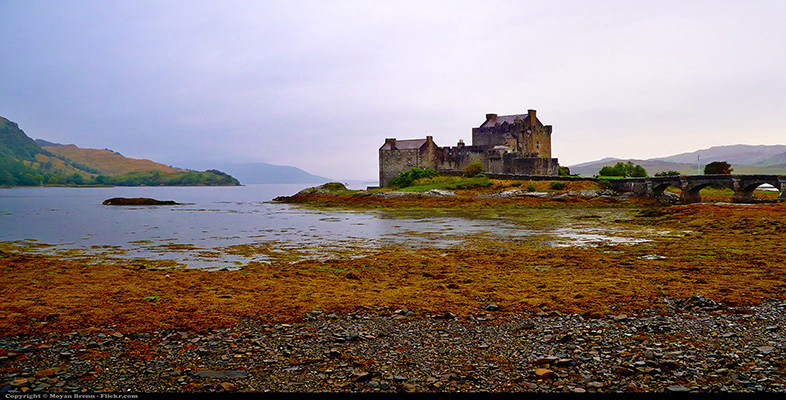3.2 National, international, cosmopolitan
Whether holding itself apart from the visual culture of modernity or immersed in it, modern art developed not in the world’s most powerful economy (Britain), but in the places that were most marked by ‘uneven and combined development’: places where explosive tensions between traditional rural societies and the changes wrought by capitalism were most acute (Trotsky, 1962 [1928/1906]). In these locations, people only recently out of the fields encountered the shocks and pleasures of grand-metropolitan cities. As the sociologist of modernity Georg Simmel (1858–1918) suggested: ‘the city sets up a deep contrast with small-town and rural life with reference to the social foundations of psychic life’. In contrast to the over-stimulation of the senses in the city, Simmel thought that in the rural situation ‘the rhythm of life and sensory mental imagery flows more slowly, more habitually, and more evenly’ (Simmel, 1997 [1903], p. 175). This situation applies first of all to Paris (see Clark, 1984; Harvey, 2003; Prendergast, 1992). In Paris, the grand boulevards and new palaces of commercial entertainment went hand in hand with the ‘zone’, a vast shanty town ringing the city that was occupied by workers and those who eked out a precarious life. Whereas the Impressionists concentrated on the bourgeois city of bars, boulevards and boudoirs, the photographer Eugène Atget (1857–1927) represented the Paris that was disappearing – the medieval city with its winding alleys and old iron work – or those working-class quarters composed of cheap lodgings and traders recycling worn-out commodities (see Figure 25) (Nesbit, 1992; see also Benjamin, 1983). This clash of ways of life generated different ways of inhabiting and viewing the city with class and gender at their core. Access to the modern city and its representations was more readily available to middle-class men than to those with less social authority, whether they were working people, women or minority ethnic or religious groups (Wolff, 1985, pp. 37–46; Pollock, 1988, pp. 50–90).

